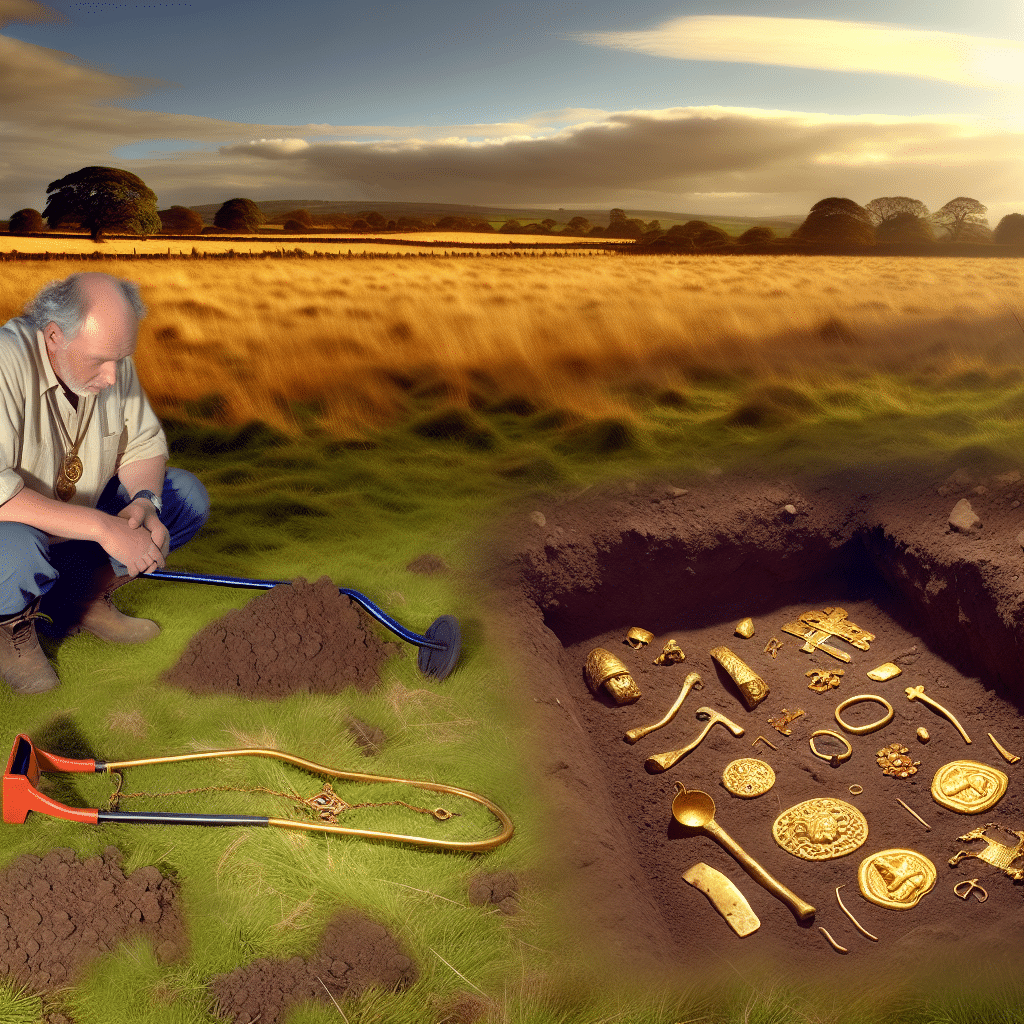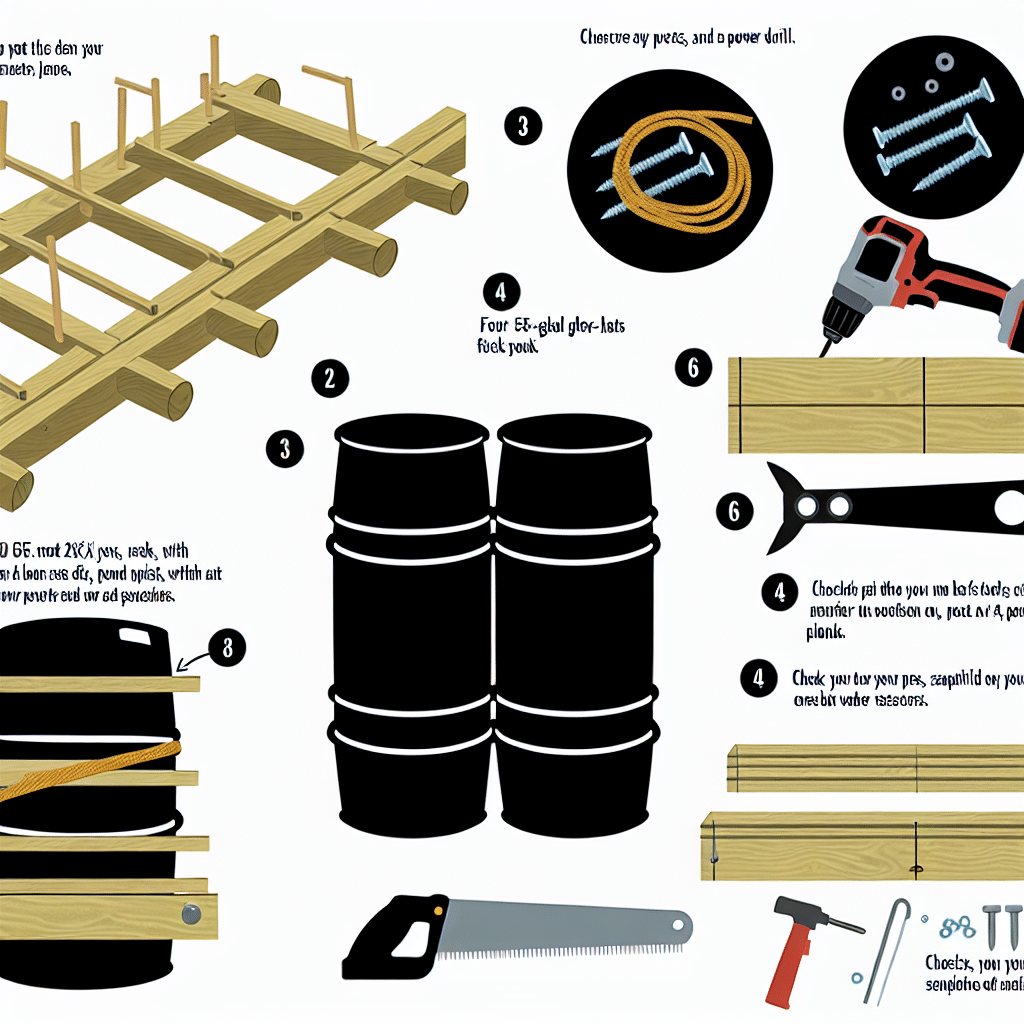Metal detecting is more than just a hobby; it’s a gateway to uncovering pieces of history buried beneath our feet. Enthusiasts around the world have struck gold—sometimes literally—in their quest to search the past. From ancient artifacts to modern treasures, the tales of these discoveries are as fascinating as the objects themselves. Let’s delve into some of the best metal detecting finds that have captivated imaginations and rewritten history books.
What Are Some of the Most Astonishing Metal Detecting Finds?
Many metal detectorists dream of stumbling upon a treasure trove, but for some, that dream has become a reality. Here are a few extraordinary finds that have made headlines:
The Staffordshire Hoard
Discovered in 2009 by Terry Herbert, an amateur detectorist, the Staffordshire Hoard is one of the largest and most significant Anglo-Saxon treasures ever found. Unearthed in a field in Staffordshire, England, the hoard consists of more than 3,500 items, including gold and silver artifacts adorned with precious stones. This discovery has provided invaluable insights into Anglo-Saxon craftsmanship and warfare.
The Boot of Cortez
In 1989, a remarkably lucky detectorist in Sonora, Mexico, uncovered a 389.4-ounce gold nugget, known as the “Boot of Cortez.” This nugget, shaped somewhat like a boot, is the largest surviving natural gold nugget found in the Western Hemisphere. Its discovery has not only enriched the finder’s life but also added allure and mystery to the history of gold mining in North America.
Who Could Forget These Iconic Metal Detecting Finds?
Some discoveries are so monumental that they leave an indelible mark on history. Here are a couple more finds that stand out:
The Hoxne Hoard
In 1992, Eric Lawes, a retired farmer, stumbled upon the Hoxne Hoard in Suffolk, England, while searching for a lost hammer. Instead, he found the largest hoard of late Roman gold and silver ever discovered in Britain. Comprising over 15,000 coins and 200 items of jewelry and tableware, the Hoxne Hoard offers an extraordinary snapshot of Roman life in Britain and is now housed in the British Museum.
The Ringlemere Cup
In 2001, metal detectorist Cliff Bradshaw found the Ringlemere Cup in Kent, England. This Bronze Age solid gold cup, shaped like a beaker, dates back to around 1700-1500 BCE. Although slightly crushed, it remains an exquisite example of prehistoric metalwork. This find is celebrated not only for its beauty but also for the light it sheds on Bronze Age culture and trade.
Why Do These Finds Matter?
Best metal detecting finds are not just about the monetary value; they are windows into our past. These discoveries often lead to renewed interest and research in history, archaeology, and anthropology. They help us understand the lives, cultures, and technologies of those who came before us.
Metal detecting has also fostered a community of enthusiasts who share their finds and knowledge, contributing to both the preservation of history and the environment. Many significant finds are made by hobbyists who report their discoveries to museums and archaeological societies, ensuring that these artifacts are studied and preserved for future generations.
In conclusion, the best metal detecting finds captivate not only because of their material worth, but because of the stories they tell and the glimpses they offer into bygone eras. Whether found by seasoned professionals or lucky amateurs, these treasures remind us that history is always beneath the surface, waiting to be discovered.




